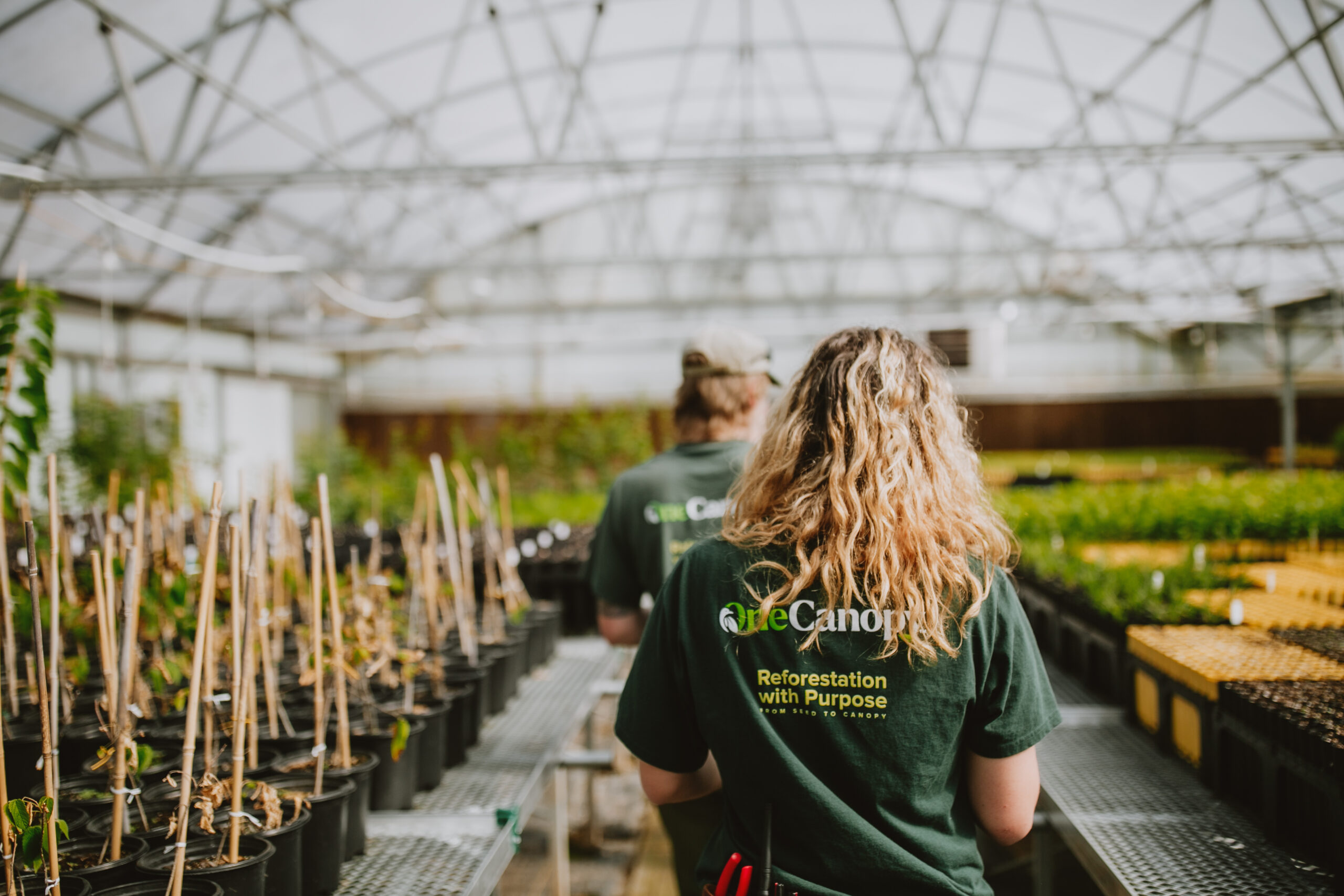
The Crucial Role of Private Industry in Reforestation
Introduction: Why Reforestation Matters
The forested landscapes of the Western United States are facing a crisis. Wildfires, drought, insect outbreaks, and decades of fire suppression policies have created a perfect storm, leaving vast landscapes vulnerable and with negative impacts to their ecological function. Catastrophic events like the Hayman Fire in 2002, which burned over 140,000 acres, and the Cameron Peak Fire in 2020, which impacted 208,000 acres, illustrate the scale of destruction. These disasters threaten biodiversity, worsen air and water quality, and contribute to climate change.
Reforestation is not just a necessity for ecological recovery, it’s a cornerstone for sustainable community and economic development.
Challenges in Reforestation
Despite the pressing need, reforestation efforts face significant hurdles:
- Demand Outpaces Supply: An estimated 30 billion trees are needed to meet reforestation goals, yet existing nurseries can only supply 25% of that need.
- Decades of Suppression: Fire suppression policies and climate change have exacerbated the intensity and frequency of wildfires. Rising temperatures and shifting weather patterns threaten tree survival, seed viability, and soil health, further complicating restoration efforts.
- Resource Limitations: Financial and logistical constraints hinder effective action. Reforestation involves a long and interconnected pipeline, including financiers, seed sourcers, nurseries, and tree planters. Any disruption in this chain hampers progress.
The Role of Private Industry: Bridging the Gap
Private industry is uniquely positioned to address these challenges, offering efficiency, scalability, and innovative solutions. Companies like OneCanopy are leading the charge by filling critical gaps in the reforestation pipeline. By focusing on operational sustainability and collaboration with diverse stakeholders, private enterprises can not only accelerate the pace of reforestation but also ensure its long-term success.
Key Benefits of Private Industry in Reforestation
- Economic Viability: Private industry operates with a self-sustaining financial model. Businesses can attract financing from private foundations, federal grants, and even natural capital markets, ensuring diverse revenue streams.
- Scalable Solutions: Private nurseries are equipped to expand operations rapidly. For instance, OneCanopy’s nursery can produce up to two million seedlings annually and has the potential to scale further. A network of 20 such private nurseries could meet 15% of the nation’s reforestation demand within a decade, at a fraction of the cost it would take federal or state nurseries to scale.
- Social Enterprise Models: We adopt a “triple bottom line” approach, focusing on people, planet, and profit. This model ensures that environmental impact and community welfare remain as important to us as financial gains.
Community and Environmental Impact
Private industry doesn’t just restore forests, it restores communities.
- Job Creation: Offering dignified, above-market wages and opportunities for those without formal degrees.
- Community Engagement: Service-learning programs and partnerships empower local populations and foster a sense of ownership and pride in the restoration of local landscapes.
- Environmental Benefits: Advanced practices in seed utilization and plastic reduction contribute to more sustainable reforestation efforts. Restored forests enhance biodiversity, improve soil and water quality, and act as carbon sinks, helping mitigate climate change.
The Path Forward
The potential of private industry in reforestation is enormous, but realizing this potential requires collaboration and investment. Governments, non-profits, and private companies must work together to build a robust and flexible reforestation pipeline. Diversified funding mechanisms, such as grants, carbon credits, and private equity, can help scale efforts rapidly.
Private industry can also serve as an incubator for innovation, allowing stakeholders to test new methods and technologies that can be adopted at scale.
A Vision for the Future
Imagine a future where the degraded landscapes of today are thriving forests, teeming with life. By investing in private reforestation initiatives, we can:
- Rehabilitate millions of acres of land
- Create thousands of jobs
- Build resilient ecosystems capable of withstanding the challenges of a changing climate
The path forward is clear. With ambition, innovation, and collaboration, private industry can help shape a greener, healthier planet.
Conclusion
Private industry is not just a participant but a leader in the fight against deforestation. By leveraging innovation, community engagement, and scalable solutions, businesses play a pivotal role in restoring our forests and securing a sustainable future.